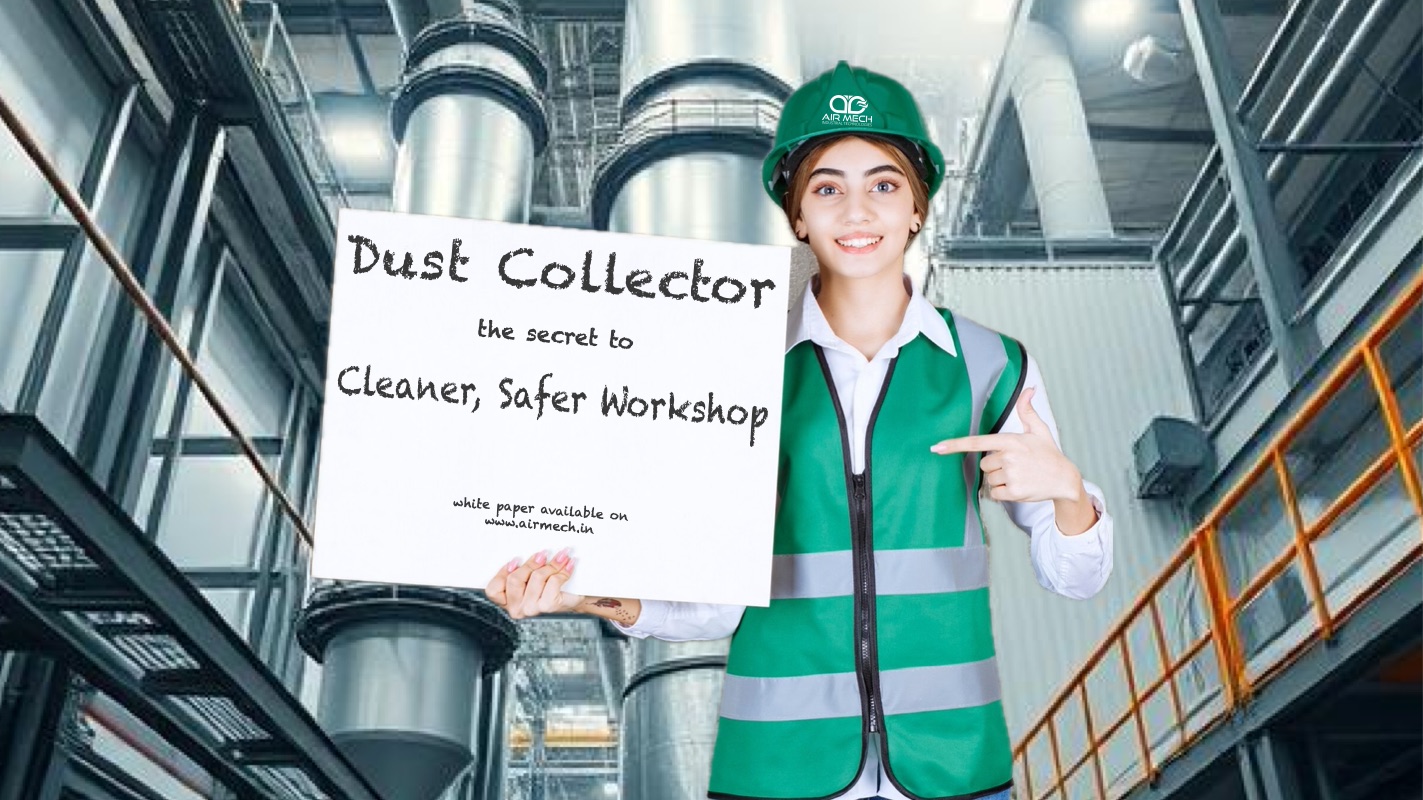In many manufacturing facilities across India, a persistent layer of fine dust settles on machinery and workspaces despite regular cleaning. This recurring issue leads to frequent equipment malfunctions and an increase in worker respiratory problems. Industrial dust is a major challenge, impacting both operational efficiency and employee health in various sectors.
Identifying Common Issues
Industrial dust in manufacturing units can lead to:
- Equipment Wear and Tear: Accumulated dust accelerates machinery degradation, increasing maintenance costs.
- Health Hazards: Workers exposed to high levels of dust are at risk of respiratory diseases. In 2019, air pollution contributed to 1.67 million deaths in India, accounting for 17.8% of the country’s total deaths (worldbank.org).
- Fire and Explosion Risks: Certain dust particles are combustible, posing serious fire hazards.
Causes of Each Problem
- Inadequate Ventilation: Poor airflow allows dust to accumulate.
- Lack of Dust Control Systems: Absence of proper dust collection mechanisms leads to unchecked dispersion.
- Substandard Housekeeping: Irregular cleaning schedules contribute to dust buildup.
Symptoms and Signs
- Visible dust layers on surfaces.
- Increased frequency of equipment malfunctions.
- Workers reporting respiratory discomfort or illnesses.
Step-by-Step Solutions
- Assess Dust Levels: Conduct air quality assessments to determine dust concentration.
- Install Dust Collectors: Implement dust collection systems to capture airborne particles.
- Enhance Ventilation: Upgrade ventilation systems to improve air circulation.
- Regular Maintenance: Schedule routine checks for dust accumulation and system efficiency.
- Employee Training: Educate workers on best practices for minimizing dust generation.
Maintenance Best Practices
- Routine Inspections: Regularly check dust collectors and ventilation systems.
- Filter Replacements: Change filters as per manufacturer recommendations.
- System Calibration: Ensure equipment is calibrated for optimal performance.
Safety Considerations
- Personal Protective Equipment (PPE): Provide appropriate PPE to workers.
- Emergency Protocols: Establish procedures for dust-related incidents.
- Compliance with Regulations: Adhere to the Occupational Safety, Health, and Working Conditions Code, 2020, which emphasizes worker health and safety (dgfasli.gov.in).
Expert Tips and Advice
- Source Control: Identify and mitigate primary dust generation points.
- Continuous Monitoring: Utilize air quality monitors to track dust levels in real-time.
- Engage Professionals: Consult with industrial hygienists for tailored solutions.
Recommended Tools and Resources
- High-Efficiency Dust Collectors: Invest in advanced dust collection systems.
- Air Quality Monitors: Deploy devices to monitor particulate levels.
- Training Programs: Implement educational initiatives for staff on dust management.
Follow-up and Monitoring
- Regular Audits: Conduct periodic reviews of dust control measures.
- Health Surveillance: Monitor worker health for dust-related conditions.
- Feedback Mechanisms: Encourage employees to report dust issues promptly.
Air Mech Industrial Technologies offers state-of-the-art dust collection solutions designed to meet the unique challenges of India’s manufacturing sector. Our systems enhance air quality, protect equipment, and promote a safer workplace.
Conclusion
Addressing industrial dust is crucial for the health and efficiency of manufacturing operations in India. By implementing effective dust control measures, companies can safeguard their workforce and optimize productivity. Is your facility equipped to handle the challenges of industrial dust?





